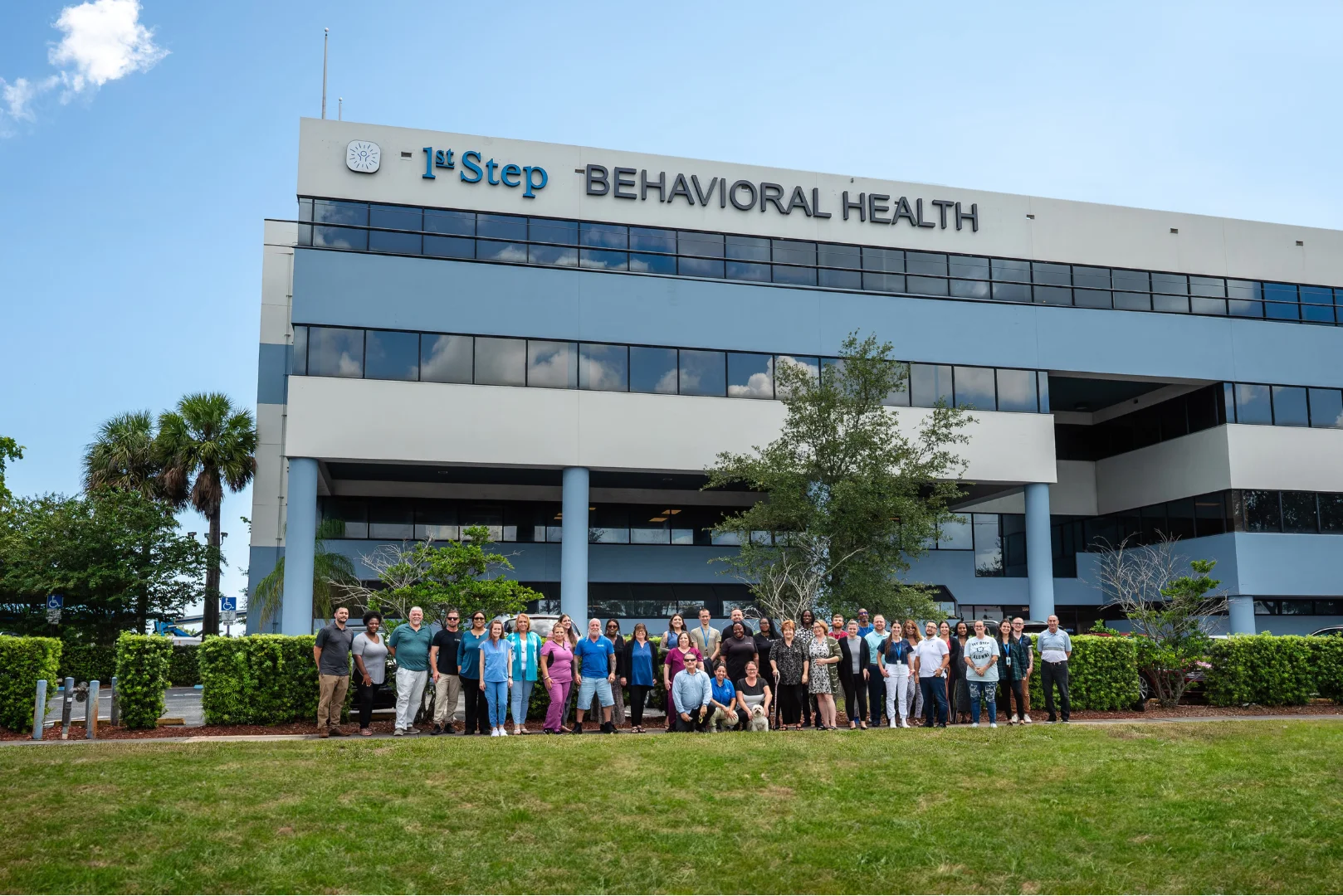Seasonal Affective Disorder Treatment
Seasonal affective disorder is a type of depression that many people also refer to as “winter depression.” No matter what you call it, it can have a huge impact on drug addiction. Because of its effects, it’s important to find a rehab center that offers seasonal affective disorder treatment.
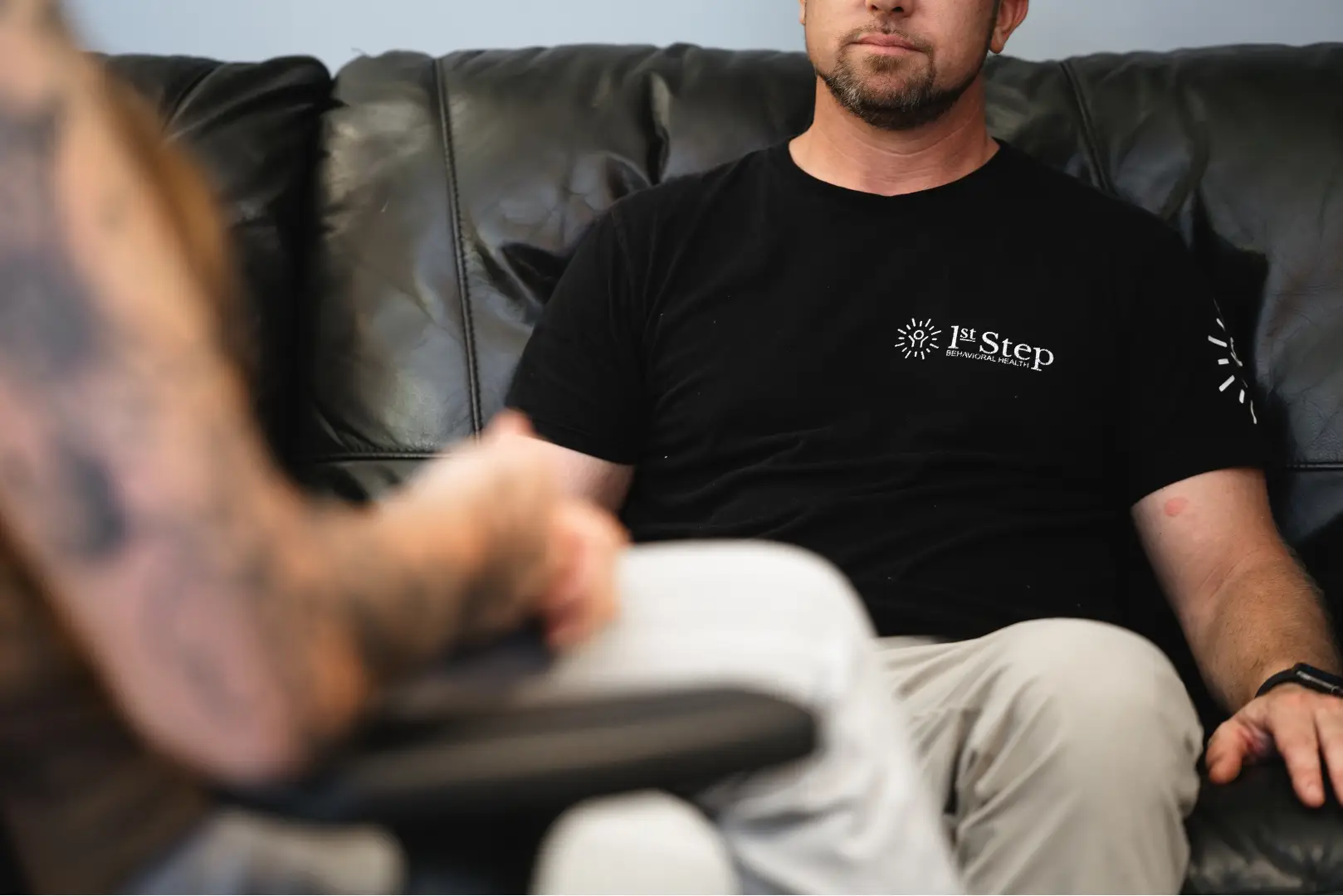
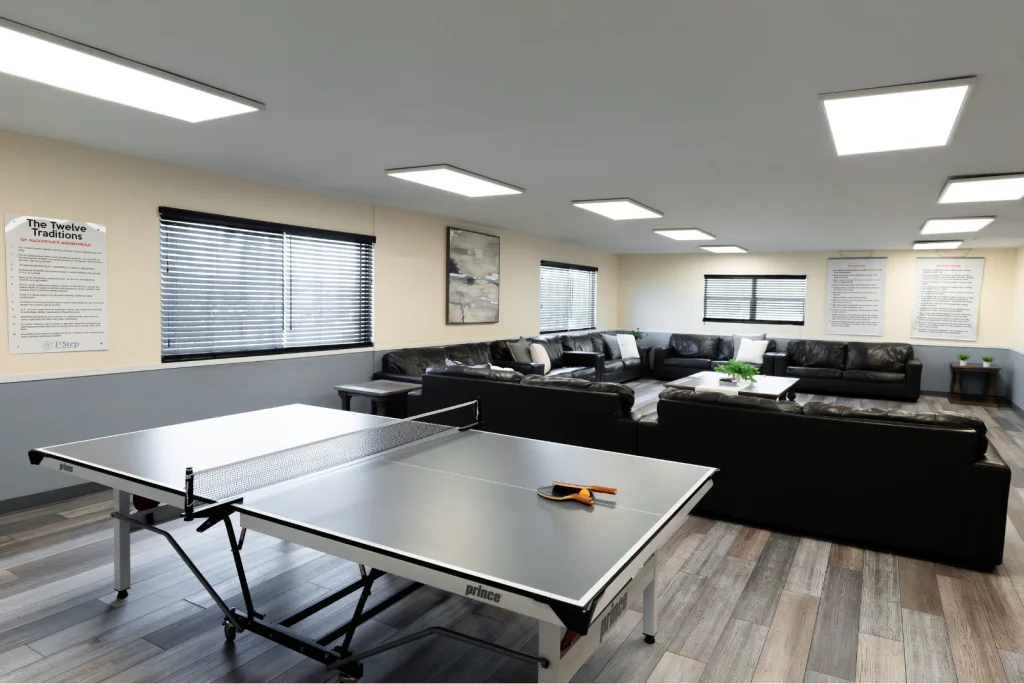
What is Seasonal Affective Disorder (SAD)?
Approximately 20 million Americans suffer from depression, but for some people, they start to notice that their depression hits an all-time low around the same time every year. Seasonal Affective Disorder, also known as SAD, is a seasonal type of depression that typically starts in the fall and gets worse during the winter. However, depression from December through February is often the most severe.
Once spring rolls around, symptoms begin to improve if not disappear completely. While less common, some people experience seasonal affective disorder in the summer.
Scientists say that SAD is more common in people who live far away from the equator. Studies indicate that this is likely a result of low sunlight and vitamin D levels during the winter months. Seasonal affective disorder is also common in areas of the world that experience higher-than-average overcast days.
There’s no specific test to help doctors diagnose someone with seasonal depression, rather, it is diagnosed based on symptoms.
Symptoms of Seasonal Affective Disorder
To be medically diagnosed with seasonal affective disorder, you must experience symptoms of major depression in specific seasons for a minimum of two years. Signs of seasonal affective disorder (SAD) include:
- Depression that lasts the majority of the day
- Persistent sadness or low mood
- Irritability
- No interest in things you once enjoyed
- Little or no energy
- Changes in sleep patterns
- Changes in appetite
- Easily agitated
- Hard time focusing/concentrating
- Feeling worthless
- Frequent thoughts of self-harm/suicide
- Headaches and/or body aches
Fall and winter SAD may present differently than spring and summer SAD.
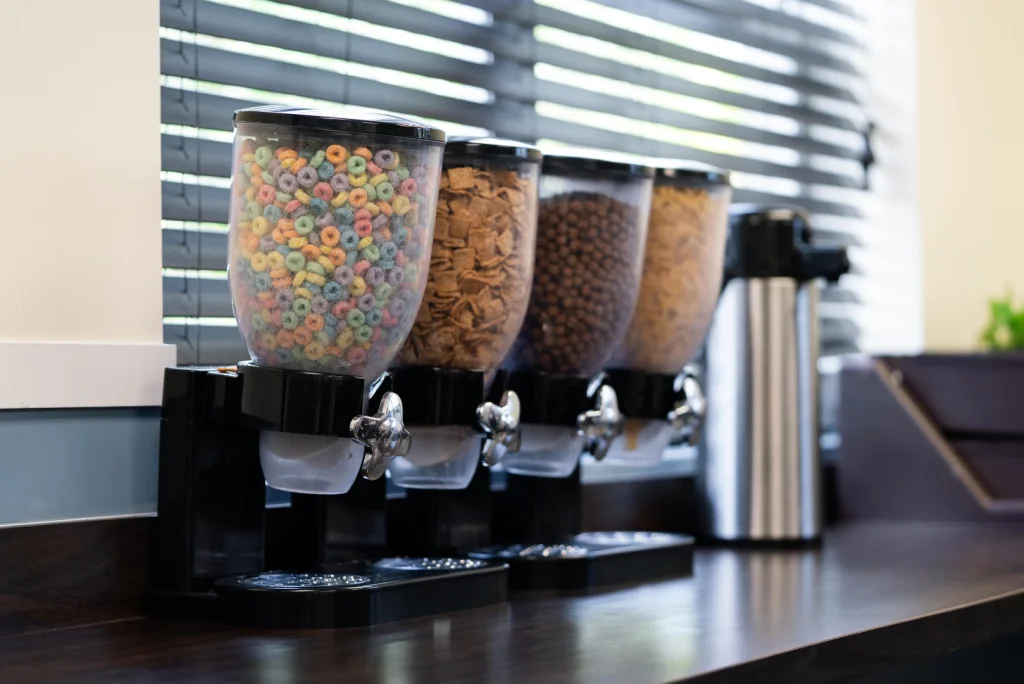
Fall and Winter SAD
In people with fall and winter SAD, the symptoms of depression become severe and sometimes manic in the fall and winter months. The most common symptoms include:
- Excessive sleeping
- Craving foods high in carbohydrates
- Weight gain
- Lack of energy
- Becoming a homebody (isolation)
Spring and Summer SAD
Seasonal affective disorder in the summer months is less common than SAD in the winter months. The symptoms of depression become severe and sometimes manic in the spring and summer months and include these specific symptoms:
- Lack of appetite
- Insomnia
- Weight loss
- High anxiety/agitation
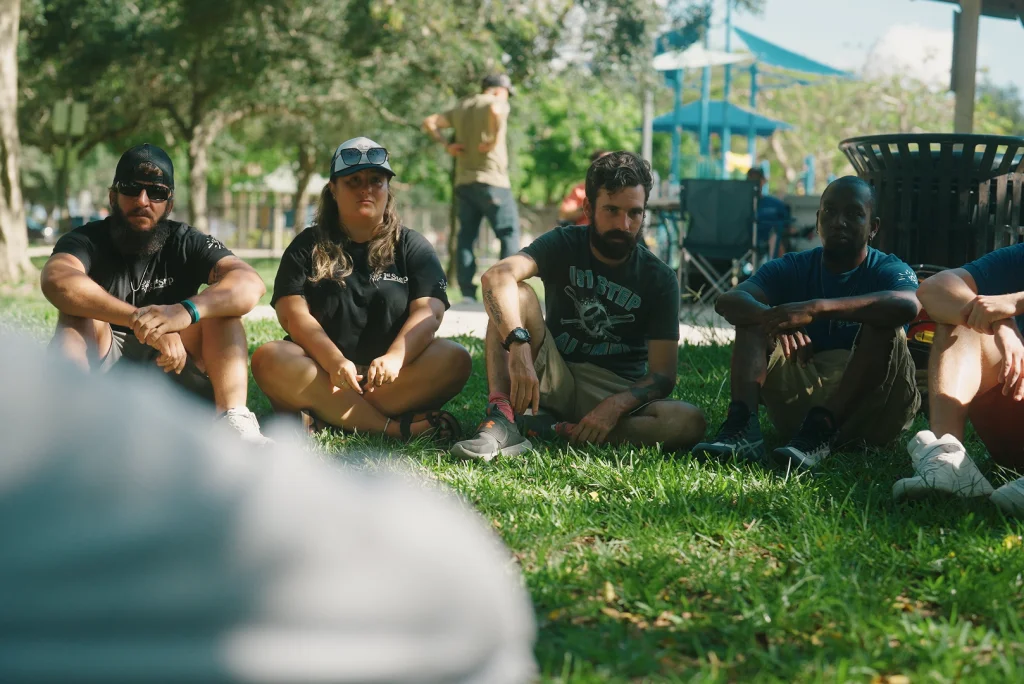
Seasonal Changes in Bipolar Disorder
Approximately 25% of individuals diagnosed with bipolar disorder also experience seasonal affective disorder (SAD). For those grappling with bipolar disorder, SAD can trigger manic or hypomanic episodes during the summer months and induce severe depression during the winter. This correlation is primarily linked to Bipolar II disorder, rapid cycling, depression, and eating disorders. It’s worth noting that females are more commonly affected by eating disorders and rapid cycling, while males tend to experience a higher frequency of depressive episodes.
Risk Factors for Seasonal Affective Disorder
Living farther from the equator has been a proven factor in those who suffer from seasonal affective disorder. For example, only 2% of people in Florida have reported suffering from SAD while 10% of people in New Hampshire suffer from this disorder. Other risk factors include:
- Family History – People with a family history of depression are at a higher risk of getting SAD.
- Gender – Females are 4 times more likely to suffer from SAD.
- Age – The first signs of SAD appear between the ages of 18-30 but can be seen in teens and kids.
- Existing mood disorders – People who suffer from bipolar disorder or depression are at risk of suffering from SAD.
- Serotonin levels – This neurotransmitter is believed to be responsible for our feelings of happiness and well-being. A release of serotonin is stimulated by sunshine, so shorter days mean less sunshine and gray winter skies mean little to no sunshine. This could result in a lower amount of serotonin in the body.
- Melatonin – This is a hormone that regulates sleep. Darkness increases the production of this hormone so there may be higher levels of it in the winter.
- Vitamin D – This vitamin is believed to be linked to the release of serotonin, and a lack of vitamin D leads to a lack of serotonin.
The Relationship Between Seasonal Affective Disorder (SAD) and Addiction
Individuals dealing with seasonal depression face similar challenges as those with regular depression, such as persistent sadness and difficulty managing daily responsibilities like work. Many people with SAD also struggle with addiction, which often accompanies depression. Approximately half of individuals with mental health concerns also struggle with substance misuse.
People with SAD may turn to drugs or alcohol as a way to cope with their emotional distress. However, instead of providing relief, this can worsen the symptoms of SAD. They initially start using these substances in an attempt to find happiness or alleviate their depression, and it may seem effective at first. Yet, over time, they require increasing amounts of drugs or alcohol to achieve the same relief.
SAD often leads to exhaustion, prompting some individuals to rely on stimulants like caffeine or energy drinks to function during the day. Unfortunately, this reliance on substances exacerbates the underlying issues, even if the consequences aren’t immediately apparent. As tolerance builds, addiction becomes a significant concern.
Mental health disorders and addiction feed off each other, and the result is a downward spiral in which each condition fuels the other.
Signs of Addiction
Common signs of drug and alcohol addiction are:
- Cravings
- Loss of control
- Withdrawal symptoms
- Tolerance
- Neglecting responsibilities
- Relationship issues
- Giving up activities
- Using despite harm
- Failed attempts to quit
- Preoccupation with substance
- Changes in habits
- Secrecy
- Financial problems
- Mood swings
- Defensive behavior
If you notice someone you love is portraying signs of addiction and/or seasonal affective disorder, please reach out for help.
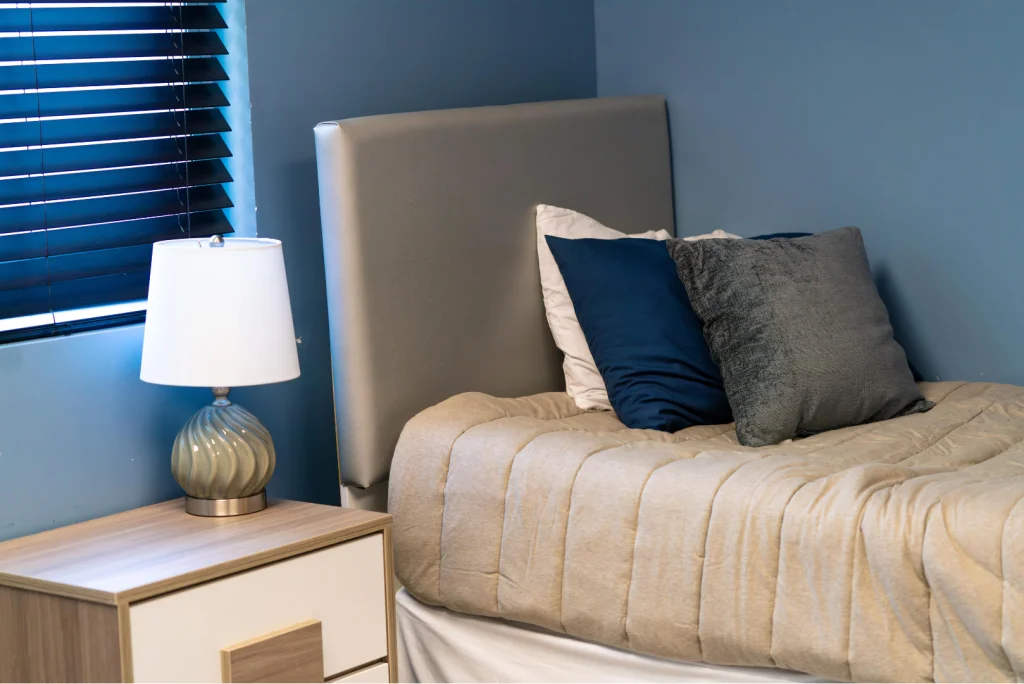
Seasonal Affective Disorder Treatment
Treatment for seasonal affective disorder (SAD) typically begins with phototherapy, as it is thought that a lack of sunlight contributes to SAD. Phototherapy involves 20-minute sessions where the patient sits in front of a lightbox emitting UV-filtered bright light. Opting for treatment in sunnier climates can be advantageous, as it provides consistent access to natural sunlight throughout the year.
Cognitive behavioral therapy (CBT) is a crucial treatment approach, aiding patients in adopting new ways of living. When someone has SAD, they need to transform everything from their negative thoughts to their behaviors into more constructive patterns.
Additionally, selective serotonin reuptake inhibitors (SSRIs) are commonly prescribed as antidepressants for SAD. SSRIs work by preventing cells from reabsorbing serotonin, thereby increasing the availability of serotonin in the brain.
Finally, certain lifestyle changes can help reduce the symptoms of SAD, such as:
- Go outside – The quickest way to feel better is to step out into the sunshine. Let the sun hit your face and soak up some Vitamin D. Focus on how good the sun and the breeze feel on your skin, and then start looking for the positive things in your surroundings.
- Open the windows – Pull back the curtains and open the blinds. At work and at home, the more sunlight that enters the room, the better you will feel.
- Eat healthier – When you start to eat healthier (more vegetables, fruits, and fish), your body starts to feel better which improves your mental health.
- Exercise – Whether it is a walk around your neighborhood or going to the gym, just get up and get moving.
- Get support – Friends and family want to help you so be sure to reach out to them and spend time with them. SAD can make you want to be alone or isolate yourself, but it’s important to have at least one person you can talk to. Having someone to talk to can prevent depression from getting worse.
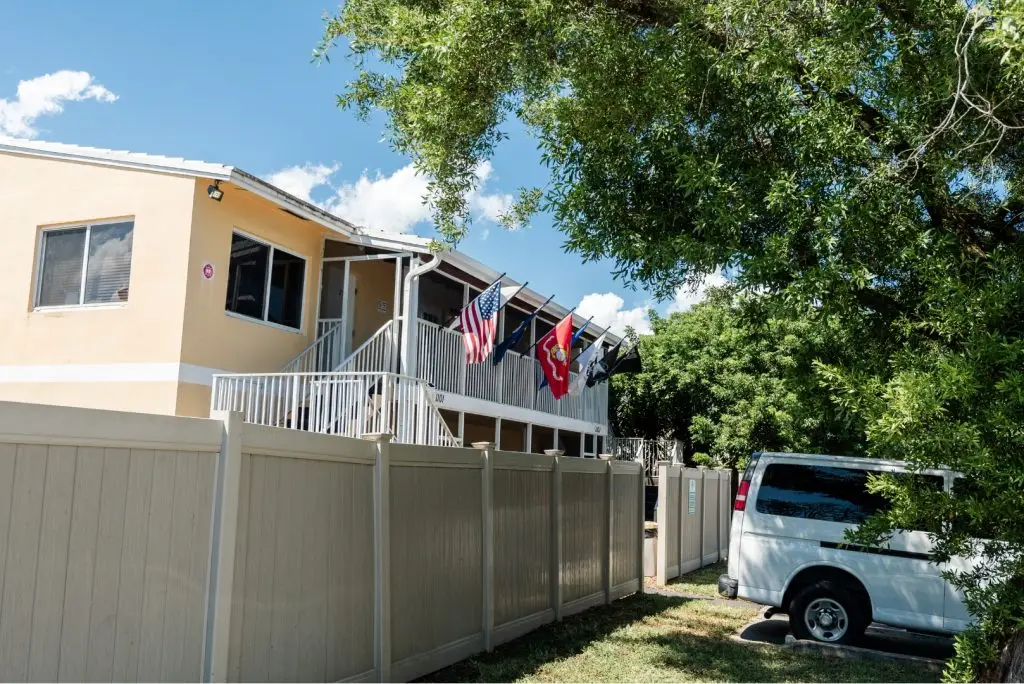
Treatment for Seasonal Affective Disorder (SAD) and Addiction in Florida
1st Step Behavioral Health takes a holistic, evidence-based approach to drug addiction treatment. Our methods don’t involve trying to offer every addiction treatment model available. Instead, we focus on providing individualized treatment in a caring, compassionate environment. Creating an individualized plan that caters to your needs gives you a higher chance of recovering.
When looking for dual-diagnosis treatment centers in Florida, it’s important to examine all available types of treatment. We use therapy to help our clients understand the root causes of their addiction and other mental disorders. Some of the different programs that we offer include:
- Relapse prevention treatment
- Music and art therapy
- Medical detox
- Inpatient
- Outpatient
Take the First Step Today
Don’t let addiction or depression impact your life any longer. Get the addiction and seasonal affective disorder treatment that you need at 1st Step Behavioral Health. Contact us today to get started.
